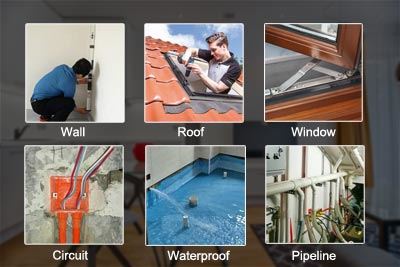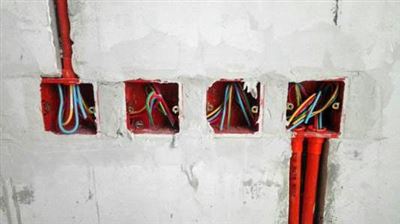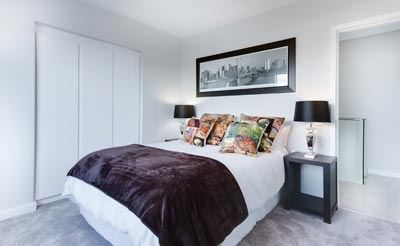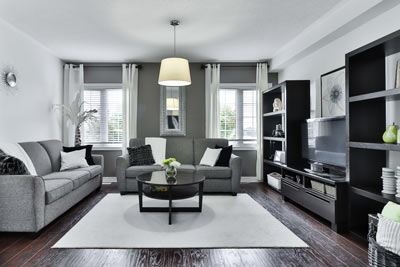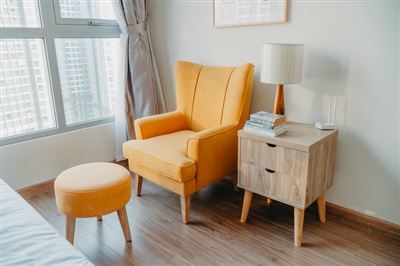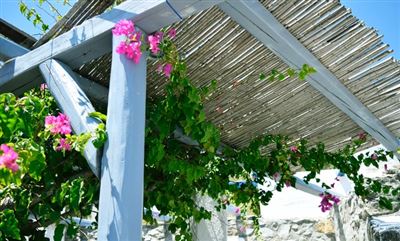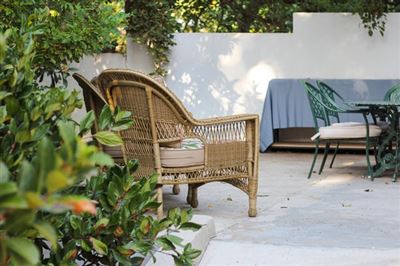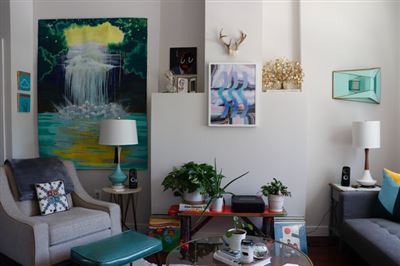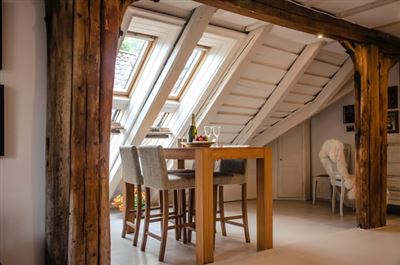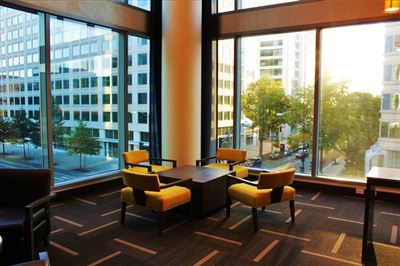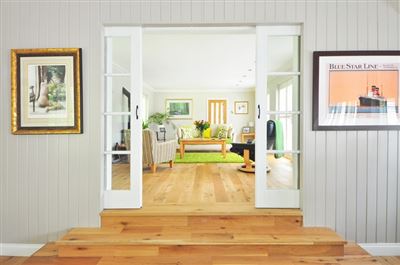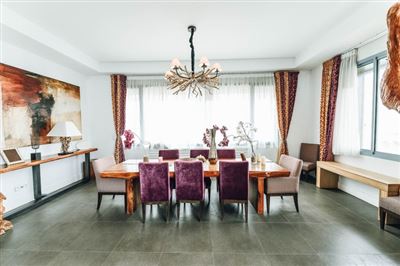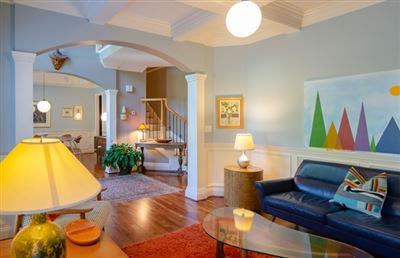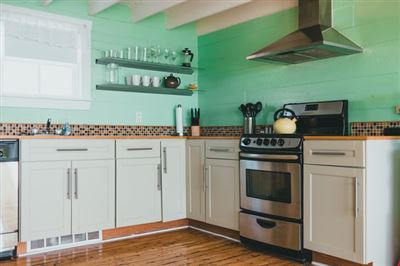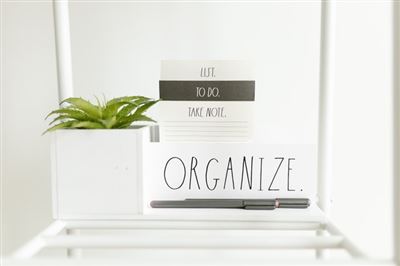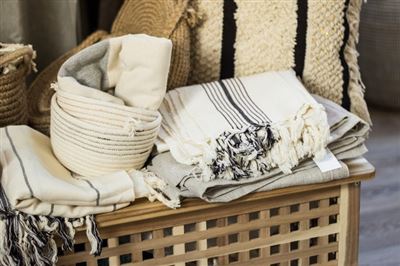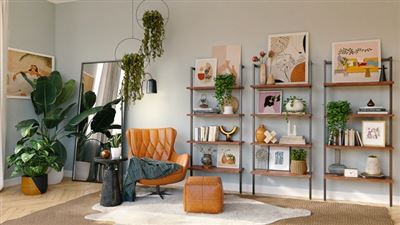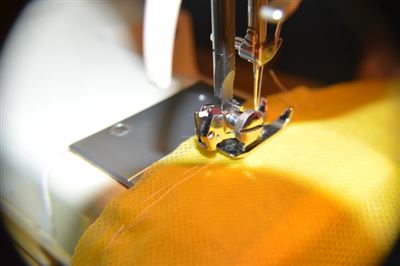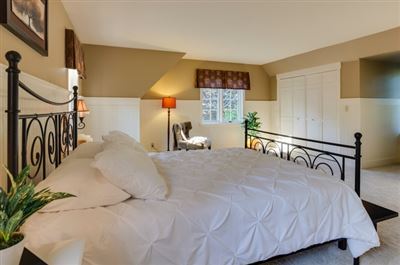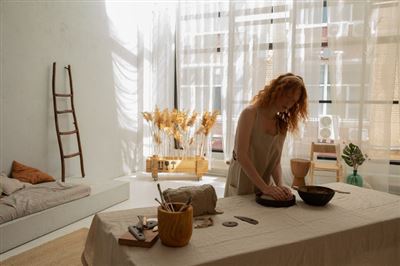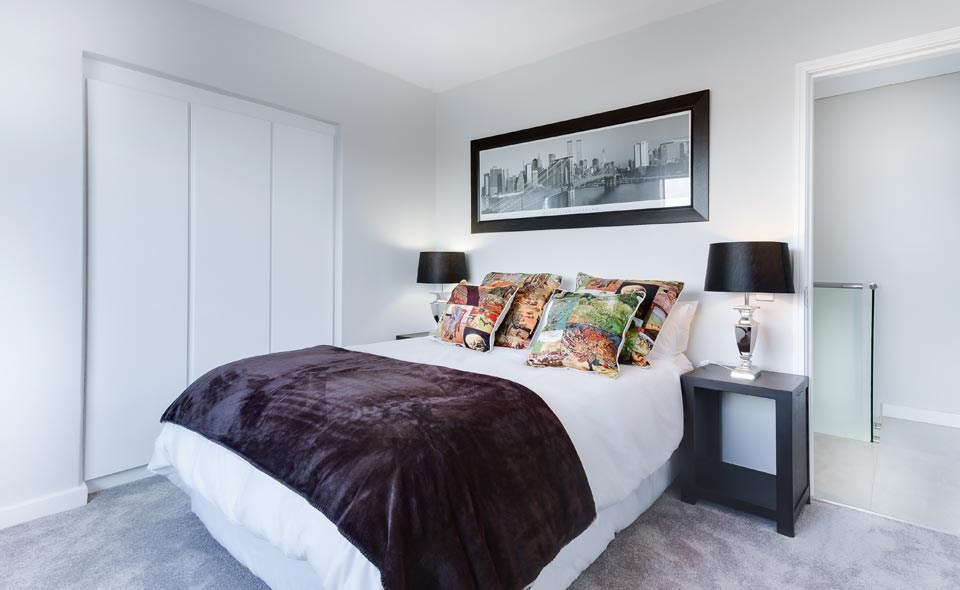
The later stage acceptance is relatively simpler than the earlier stage acceptance, mainly to inspect the final part of the earlier stage project. Such as wood products, walls, and top surfaces, the owner can inspect the surface paint, the smoothness of the paint, whether there is flow phenomenon, and whether the color is consistent.
1. Circuit inspection
Mainly check whether the socket wiring is correct and whether it is energized. The socket in the bathroom should be equipped with a waterproof cover. Lines laid by chiseling walls or lines on the ceiling must be equipped with protective sleeves. It is strictly forbidden to bury the wires directly in the plastering layer. There should be no joints and kinks in the pipes, and no exposed wires are allowed in the ceiling. -General sockets use 2.5 square millimeters of cross-section and must be designed with grounding wires, and air conditioners, water heaters, etc. use 4.0 square millimeters of cross-section.
2. Waterway inspection
The inspection of the transformation is also the focus. The owner needs to check whether there is a "slope" phenomenon in the room with a floor drain. The inspection method is very simple. Turn on the faucet-after a fixed period of time, check whether the ground water is smooth and whether there is local water accumulation. In addition, the unobstructed floor drain and the drainage of toilets and basins should be inspected. In addition to the acceptance of the final part of the mid-term project, the owner should also accept the final decoration projects such as flooring and plastic steel windows. When inspecting the floor, check whether the color of the floor is consistent, whether there is warping, noise, etc. When accepting the plastic-steel window, you can check whether there is a gap of 1 cm to 2 cm on the edge of the plastic-steel window to fill with foam. In addition, the firmness of plastic-steel windows should be checked. Under normal circumstances, one bolt should be used to fix plastic-steel windows every 60 cm to 90 cm. If there are too few fixing bolts for plastic-steel windows, it will affect the use of plastic-steel windows. During the final acceptance, consumers should also pay attention to some details, such as whether there are spare ports for inspection in the kitchen and bathroom pipes, and whether the location of the water and gas meters is convenient for reading.
3. Acceptance of doors and windows
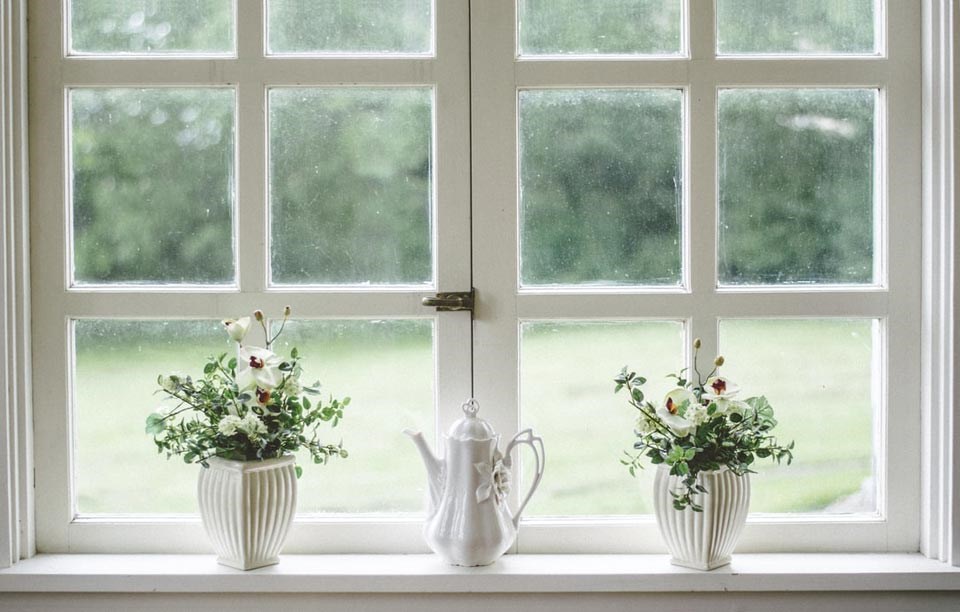
3.1 Whether the bolts and locks of the gate and the door are too long or too tight.
3.2 Whether the door plug is inserted too little; whether the door gap is too large (especially on the side of the door lock).
3.3 Whether the four sides of the door are close to the door frame: whether there is a special sound when the door is opened and closed.
3.4 Whether there are water stains under the window sill; if there is, the window may be leaking.
4. Floor acceptance
4.1 Whether the floor is loose, cracked, bumped, or creaked when walking.
4.2 Whether the floor clearance is too large.
4.3 There is no large black water stain on the teak floor.
1. Electrical acceptance. No exposed wires are allowed in the ceiling.
2. Acceptance of drainage pipes and waterproofing. The parallel distance between the cold and hot water pipes is not less than 20 mm
3. Ceramic tile acceptance. Only 5% of the corner hollowing is allowed for tiles.
4. Floor and ceiling acceptance. In winter, the floor should be properly seam: and the frame must be fireproofed
